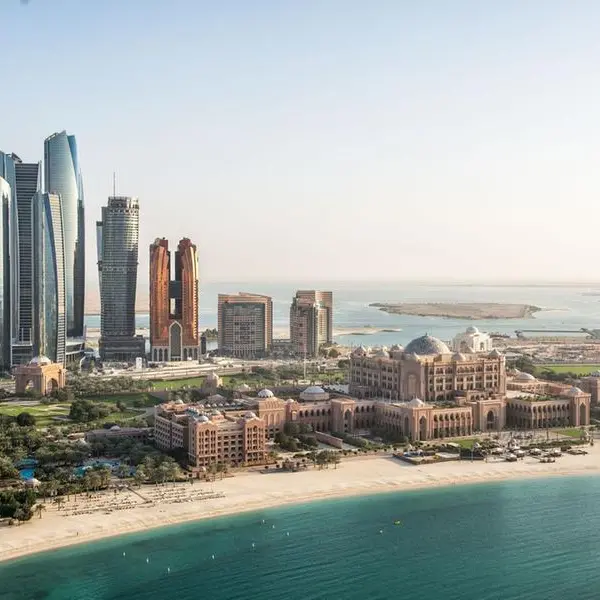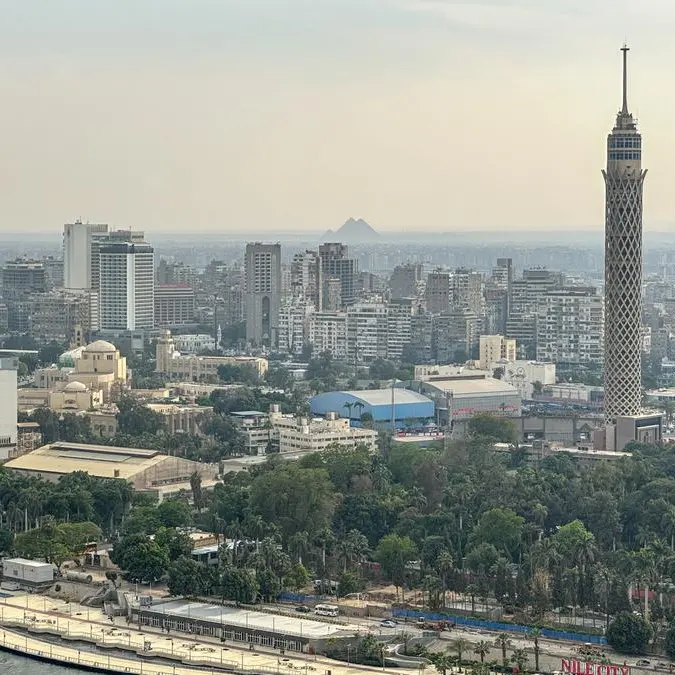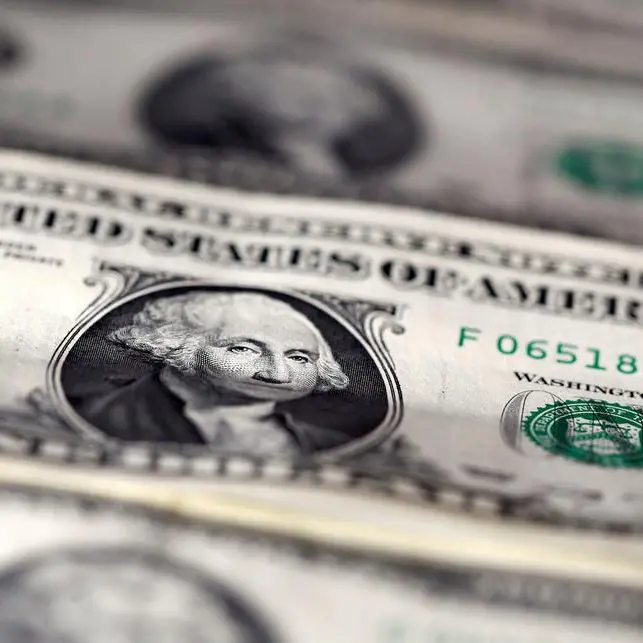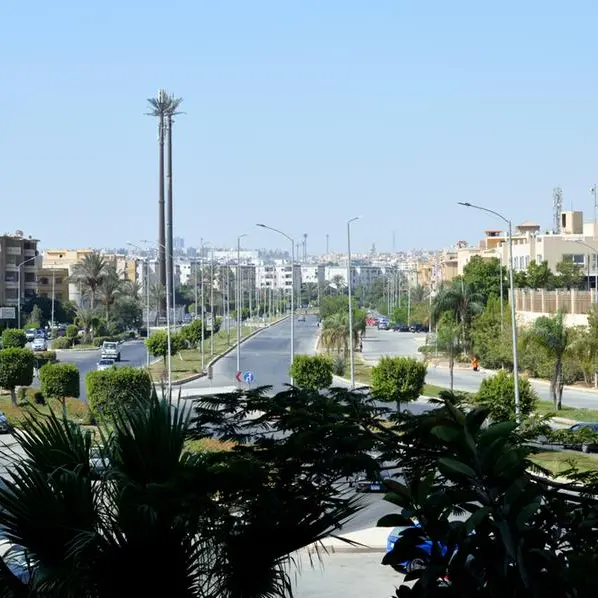The Federal Open Market Committee, FOMC, has increased US federal interest rates by 75 basis points (bps) so far this year to reach 2.25 percent, up from 1.50 percent in 2017, and is said to be aiming towards yet another 25 bps increase before the end of the year.
While rising interest rates could prove beneficial for the US economy and the dollar, it creates a gap between the US economy and the GCC economies that have pegged their currencies to the dollar. GCC banks have accommodated to the FOMC’s decision and also raised rates by 75 bps in 2018 to maintain a level playing field. However, a closer look could prove that these rises don’t carry along the same benefits for Gulf states as they do abroad.
An approach that has been called “protectionist” is disrupting global trade and mounting pressure onto borrowers and investors alike, but the privately-held institutions seeking funding in the region are not the sole bearers of this pressure – publicly-listed firms that are cash rich have also been slammed by these headwinds.
Taking the United Arab Emirates as an example, in particular the banking sector, despite a clear increase in profits over the course of the past nine months across all UAE banks, loan growth has lagged behind deposit growth, creating an easily-observed gap in the system.
While net interest margins (NIM) usually increase in a high interest rate environment, the reality shows otherwise as rate rises are taking place in a slow-paced economy which is fueled by the public sector and not private markets as in the US.
As borrowing costs have increased, the private sector’s borrowing has clearly been disrupted and thus pressured banks’ loan books, keeping in mind that in an expat economy, contraction across the private sector causes lower consumer spending due to higher unemployment (as the working expat population decreases) and lower wages.
Banks also resort to ‘de-risking, which has mainly been the reason behind their higher profitability (as provisions and non-performing loans decline). Yet this strategy is not sustainable and could possibly cripple the economy in the long run, in spite of the many government incentive packages that have been released to revive local investment.
While banks will prove to be profitable this year, possibly reporting record results right across the sector, publicly-listed banks are known to be high-yield equities, serving investors as a source of fixed income through annual cash dividend payments.
As interest rates increase, banks will be under pressure to increase their yields to match short term rates on cash deposits available to investors, and to compensate them for the added equity risk. If banks choose not to disclose any intentions to adopt new dividend policies effective from the date of their 2018 annual dividends, which come around in the first quarter of 2019, bank stocks could fall sharply as investors choose to place their money elsewhere.
Any opinions expressed here are the author’s own.
Disclaimer: This article is provided for informational purposes only. The content does not provide tax, legal or investment advice or opinion regarding the suitability, value or profitability of any particular security, portfolio or investment strategy. Read our full disclaimer policy here.
© Opinion 2018




















